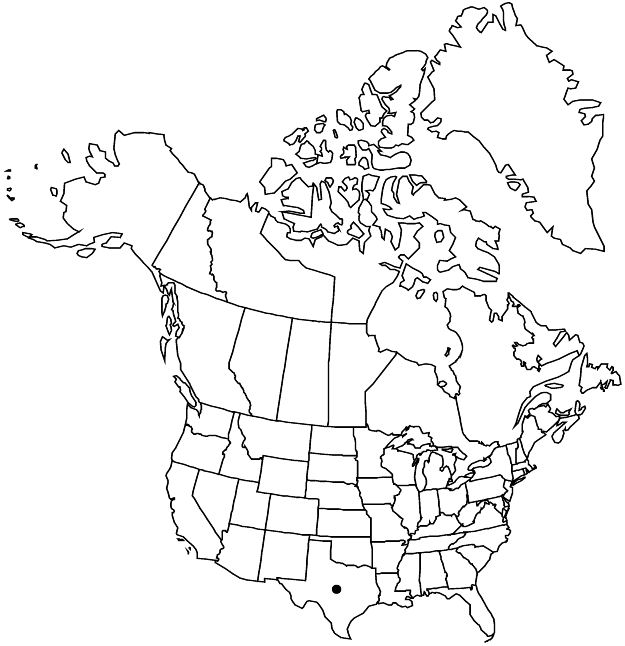Euphorbia austrotexana var. carrii
J. Bot. Res. Inst. Texas 7: 636, fig. 2[row 3, center]. 2013.
Stems 6–13 cm. Leaves: blade linear to slightly lanceolate, apex acute. Dichasial bracts broadly ovatelanceolate, base rounded. Seeds 1.4–1.5 × 1–1.1 mm, surface with irregular and not obviously concave depressions.
Phenology: Flowering and fruiting spring.
Habitat: Sandy soils.
Elevation: 0–200.
Discussion
Variety carrii is restricted to Jim Hogg and Kenedy counties, Texas; M. H. Mayfield (2013) indicated that populations are confined to the South Texas Sand Sheet and apparently occur in the deepest sand areas of the region. B. L. Turner (2011) mistook collections of this taxon for the introduced, Old World E. exigua. The two species are not closely related and can be readily distinguished based on seed morphology.
Selected References
None.
Lower Taxa
"slightly shorter and wider" is not a number."connate" is not a number. "distinct" is not a number."connate" is not a number. "distinct" is not a number.
